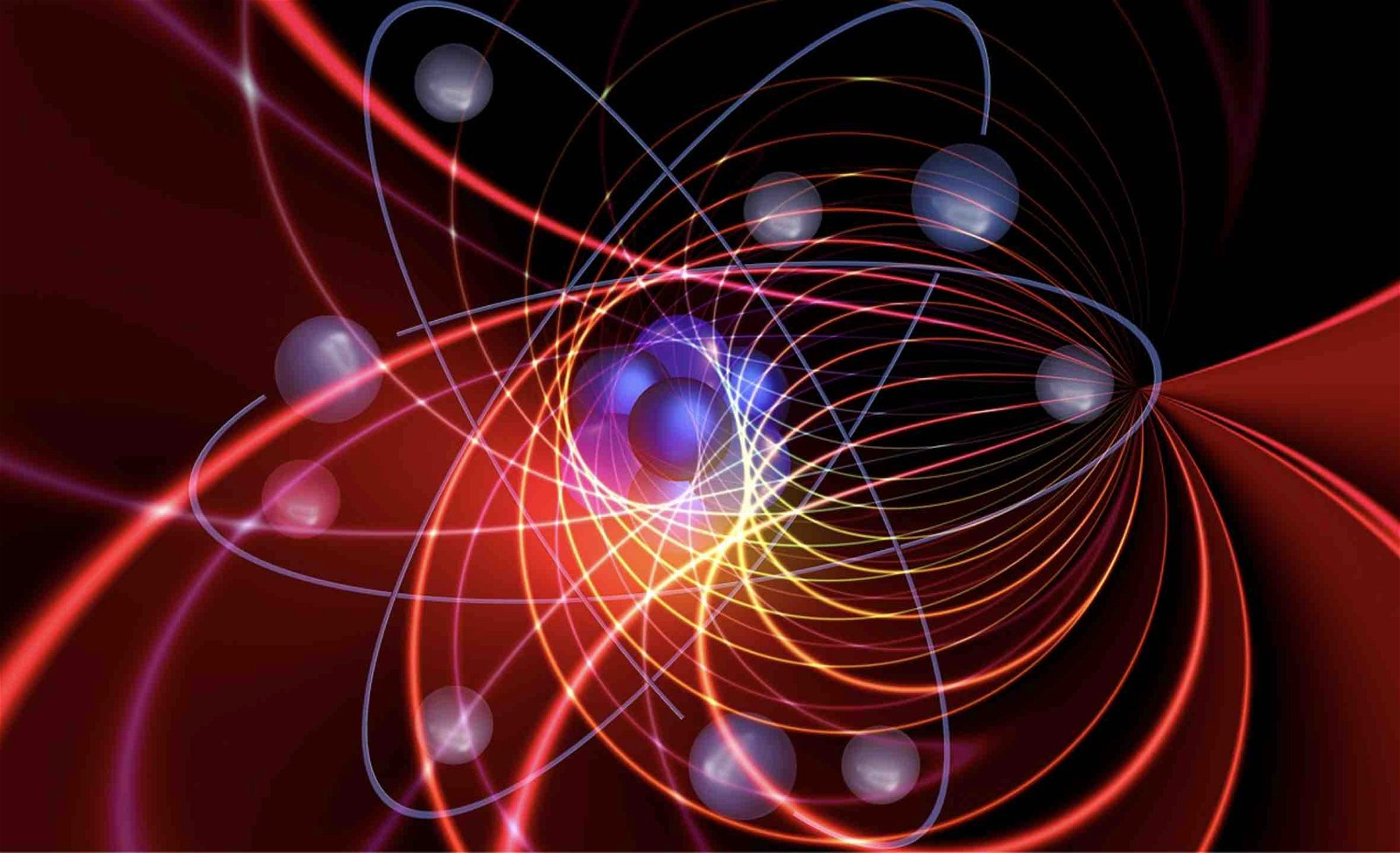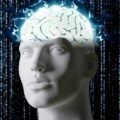One of the greatest challenges in modern physics involves reconciling apparent conflicts between general relativity and quantum mechanics, which are largely viewed as incompatible due to their differing concepts of space and time.
However, innovative new research is finally suggesting that a resolution to these longstanding differences could be on the horizon, with the introduction of a more advanced mathematical framework that may finally help unite these two fundamental theories.
In general relativity, Einstein envisioned a gently curved spacetime, where time is relative to the perspective of an observer in relation to time and space. By comparison, the realm of quantum mechanics presents a chaotic view of the universe on the microscopic scale, where time is essentially absolute and universal.
Because of these issues, Einstein had a somewhat turbulent relationship with the theory of quantum mechanics, which, ironically, resulted largely from work by Erwin Schrödinger that drew from Einstein’s later studies of atoms, molecules, and light. The apparent random chaos inherent in quantum mechanics prompted one of Einstein’s most famous axioms, where he expressed that “God does not play dice with the universe,” also insisting that “perfect laws in the world of things existing as real objects” seemingly in contrast to the chaotic and unpredictable nature of quantum physics.
However, new research is offering fresh insights into the long-held divide between these differing perspectives of our universe.
“According to Einstein’s theory, gravity is not a force but emerges due to the geometry of the four-dimensional spacetime continuum, or spacetime for short,” says researcher Sjors Heefer, whose recent Ph.D. research involved studies of gravity that have not only led to new possibilities in gravity wave research but also to a potential reconciliation between the quantum and relativistic worlds.
At the heart of Heefer’s research, which explores the role of gravity on a universal scale, is the relationship between matter and spacetime. An often relied-on summary of Einstein’s general theory of relativity dictates that “matter tells spacetime how to curve, and curved spacetime tells matter how to move.” However, this well-defined way of explaining gravity in general relativity falls short when it comes to quantum mechanics.
Heefer’s focus on gravitational waves examines their implications in relativistic terms and quantum mechanics. Gravitational waves arise from the curvature in spacetime that Einstein envisioned and are essentially the “ripples” caused by massive objects or events like stellar collisions and black holes.
In quantum mechanics, particles differ significantly from the relativistic view in that they can exist simultaneously in multiple states until they “collapse” at random into a single state when under observation. This mysterious probabilistic nature is observed in all matter and forces in the universe, except for gravity, a fact that presents one of the most significant challenges for modern physicists.
One potential way of resolving the issue would involve an expansion of the current mathematical framework used to describe general relativity. Although traditionally physicists have relied on what is known as pseudo-Riemannian geometry for describing relativistic phenomena, recent research has increasingly pointed to a more advanced mathematical language known as Finsler geometry as being better equipped at expressing the profound oddity of our universe.
In physics, fields describe values at each point in space and time, whereas gravitational fields represent the curvature of spacetime. In his Ph.D. research, Heefer delved into the challenging work of attempting to solve field equations in Finsler gravity, specifically looking at the vacuum field equation of Christian Pfeifer and Mattias N. R. Wohlfarth, an equation that relates to governing the gravitational field in empty space. Specifically, the equation describes the potential shapes spacetime geometry may take when no matter is present.
“To good approximation, this includes all interstellar space between stars and galaxies, as well as the empty space surrounding objects such as the sun and the Earth,” Heefer said in a recent statement. “By carefully analyzing the field equation, several new types of spacetime geometries have been identified.”
According to Heefer’s research, observations of gravitational waves in recent years do appear to complement the hypothesis that spacetime works in accordance with Finsler gravity, presenting an expanded mathematical framework that could potentially also help to reconcile the seemingly disparate worlds of general relativity and quantum mechanics.
While Heefer’s findings are promising, they represent only the beginning of exploring Finsler gravity’s implications, as well as efforts to resolve the relativistic and quantum worlds.
However, Heefer says he is “optimistic that our results will prove instrumental in deepening our understanding of gravity,” adding that he hopes that with time, “they may even shine light on the reconciliation of gravity with quantum mechanics.”
Heefer’s research is outlined in “Finsler Geometry, Spacetime & Gravity,” recently published by the Eindhoven University of Technology in the Netherlands.
Micah Hanks is the Editor-in-Chief and Co-Founder of The Debrief. He can be reached by email at micah@thedebrief.org. Follow his work at micahhanks.com and on X: @MicahHanks.

